#Earl Brown
Text
John Cage frente al mundo
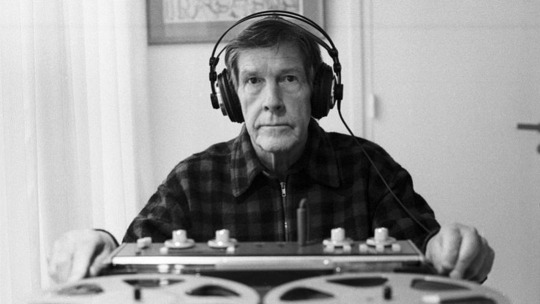
[John Cage en París en 1981 / D. S.]
La editorial bonaerense Caja Negra edita una importante selección del legado epistolar de John Cage, uno de los nombres esenciales del arte moderno
Pocos aspectos de la existencia se escapaban de las sensibles antenas que John Cage (Los Ángeles, 1912 - Nueva York, 1992) tenía conectadas con el mundo. El orden y el control que siempre mantuvo de su correspondencia es una fuente más que fiable para comprobarlo.
Para muchos, John Cage no pasa de ser el extravagante tipo que escribió una obra con cuatro minutos y treinta tres segundos de silencio, pero en realidad el artista fue mucho más que eso. Se debe a Schoenberg, el más relevante de sus maestros, aquella idea de que "quizás no fuera compositor, pero sí un inventor genial". A Cage se adjudica, en efecto, la invención del piano preparado y otros artilugios de percusión, incluido el uso de plantas, pero desde su punto de vista la invención era mucho más poderosa: "He inventado la música", dijo una vez a un periodista. Más allá de la impresión de arrogancia que pueda dar esta frase a lo que apuntaba Cage era ciertamente a una visión radicalmente diferente de la música, en la que el sujeto creador pierde por completo su posición en la típica dialéctica artística, porque la obra se crea sola.
Cage dejó una producción extensísima de música en la que el azar y la indeterminación, pero también los ruidos cotidianos y electrónicos, juegan un papel básico. En el escenario rompedor de las vanguardias mundiales de la segunda posguerra, Cage no estuvo sólo, pero fue un agitador de primerísimo orden. Además era de natural grafómano, y por eso junto a su música, nos quedan sus libros y sus procedimientos para usar textos ajenos mediante el empleo también del azar, con otra invención a mitad de camino entre la música, la poesía fonética y la performance: la del mesóstico. Más aún: Cage dejó obra gráfica, fue un experto en setas y acreditado jugador de ajedrez.
De todo ello dejó buena muestra en su abundante correspondencia, que puede analizarse como un auténtico paseo por la historia cultural del mundo. La editorial argentina Caja Negra ha vertido al español una selección de las carta de Cage que hizo Laura Kuhn en 2016 para su publicación en Wesleyan University Press.
youtube
Gerardo Jorge ha prologado y anotado la edición española, que se ha dividido en cinco periodos: 1930-49, 1950-61; 1962-71; 1972-82, 1983-92. Jorge destaca también cinco puntos sobre los que gravita la atención de Cage: “el problema América-Europa”, las relaciones entre Oriente y Occidente, la invención y la técnica, las relaciones entre arte y política, la amplia discusión cultural. A todo esto, que está bien diagnosticado, habría que añadir las relaciones personales del músico: sus padres; Xenia Andreyevna Kashevaroff, escultora surrealista que sería su esposa entre 1935 y 1945; por supuesto Merce Cunningham, el bailarín que sería su pareja sentimental desde principios de los 40 y hasta el fin de sus días; David Tudor, el pianista del que sin duda llegó a enamorarse; y otros muchos amigos y conocidos. Por estas cartas pasan sus pasiones, sus obsesiones y algunos desencuentros. En muchos casos, el interés artístico se une al personal: así Cunningham y Tudor fueron colaboradores habituales. Pero además Cage mostró un aprecio enorme por dos artistas singulares y esenciales del siglo con los que tuvo una estrecha amistad: Marcel Duchamp y Bucky Fuller. Compleja fue su relación con Pierre Boulez, pues tras un primer periodo de mutua admiración (que en el caso de Cage llegó casi a la idolatría), la relación se enfría y desde la segunda mitad de los 50 el francés casi desaparece de su correspondencia y de sus referencias. Pero están desde luego otros grandes músicos del siglo, de los cercanos Morton Feldman, Earl Brown y Christian Wolff a Lou Harrison, Luigi Nono, Luciano Berio, Henry Cowell, Murray Schaffer, Alvin Lucier e incluso Leonard Bernstein, y no faltan otras grandes personalidades de la cultura y la sociedad del tiempo, como Marshall MacLuhan, Joseph Beuys o la mismísima Yoko Ono, a la que atribuye su cambio de dieta y la mejora de su salud.
youtube
Las cartas pueden leerse también en la busca de las ideas estéticas de Cage conectadas directamente con su producción artística, pues abundan las referencias sobre muchas de sus obras antes, durante y después de sus puestas en escena. Siendo tan abrumador el volumen de nombres, datos e ideas sólo algo se echa en falta en este volumen de edición muy agradable y manejable para el lector: un aparato de índices (onomástico, temático, de obras del protagonista), herramienta documental que elevaría la presente edición de la categoría del aporte valioso a la del auténtico acontecimiento en la divulgación de una figura esencial del arte contemporáneo.

[John Cage]: Escribir en el agua. Cartas (1930-1992)
Edición de Laura Kuhn. Selección y traducción de Gerardo Jorge. Buenos Aires: Caja Negra, 2021. 468 págs. 25 euros.
Sugerencias. Más que un músico
El primer libro publicado por John Cage se tituló Silence, y recogía una serie de conferencias y escritos diversos, en los que el músico plasmaba sus concepciones artísticas esenciales, que tenían que ver muy especialmente con la indeterminación, el zen y la eliminación del sujeto creador en el proceso artístico. Aunque la obra vio la luz en 1961 y tuvo un éxito que sorprendió al propio Cage, en España hubo que esperar al décimo aniversario de su muerte para que en 2002 la editorial Árdora lo vertiera al castellano.
Es sin duda la obra más conocida y divulgada del californiano, que escribió mucho. El primer volumen de sus Diarios (que alcanzarían las ocho entregas) se publicó en 1965 con el título de Cómo mejorar el mundo (sólo harás que las cosas empeoren). Muchos de los textos ahí incluidos han visto la luz en diversas recopilaciones en castellano, como la que editó la editorial mexicana Alias en 2019, Del lunes en un año. En 2018 Cactus había reunido en Ritmo etc. los escritos para dos de las obras más singulares de Cage: A Year from Monday (1967) y Empty Words (1973). En 2012 Francisco Deco puso al alcance del público español El libro de las setas (original de 1972) en el Centro de Creación Experimental (editora vinculada a la Universidad de Castilla-La Mancha), que recogía no sólo la pasión de Cage por los hongos, sino también parte de su obra gráfica. Hace sólo unas semanas, la Universidad de Granada ha publicado una nueva incursión de Deco en la bibliografía cageana: ¿Dónde comemos? y ¿Qué comemos?, en un tomo que recoge además el primer volumen de Diarios.
[Diario de Sevilla. 18-07-2022]
#john cage#libros#books#caja negra#pierre boulez#marcel duchamp#bucky fuller#morton feldman#gerardo jorge#laura kuhn#merve cunningham#david tudor#earl brown#christian wolf#alvin lucier#luigi nono#luciano berio#leonard bernstein#henry cowell#lou harrison#murray schaffer#arnold schoenberg#francisco deco#xenia andreyevna kashevaroff#marshall macluhan#joseph beuys#yoko ono#música#music#Youtube
3 notes
·
View notes
Photo

On This Day in New York City History February 16, 1951: The City Council of New York City votes for and unanimously passes the Brown Isaacs Bill that "prohibited and penalized discrimination or segregation in private housing projects enjoying total or partial excemption from city taxes or receiving direct or indirect financial aid from the city or any of their agencies."
The bill was introduced on September 28, 1950 by Democrat Councilman Earl Brown of Manhattan and Republican-Liberal Councilman Stanley M. Isaacs also from Manhattan. The bill came in direct response to the practices of discrimination mainly against African Americans at the Metropolitan Life owned Stuyvesant Town complex.
#BrownIsaacBill #EarlBrown #StanleyMIsaac #BlackHistory #BlackStudies #BlackHistoryMatters #AfricanAmericanHistory #AfricanAmericanStudies #CivilRightsHistory #RacialDiscrimination #NYCPolitics #NewYorkHistory #NYHistory #NYCHistory #History #Historia #Histoire
#Geschichte #HistorySisco (at City Council Chambers, City Hall)
https://www.instagram.com/p/CovkhGROHmb/?igshid=NGJjMDIxMWI=
#Brown Isaac Bill#Earl Brown#Stanley M Isaac#Black History#Black Studies#Black History Matters#African American History#African American Studies#Civil Rights History#Racial Discrimination#NYC Politics#New York History#NY History#NYC history#History#Historia#Histoire#Geschichte#HistorySisco
0 notes
Text

Earl Moran - Reclining Nude" - 1940 Calendar Illustration - Brown & Bigelow Calendar Co. - American Pin-up Calendar Collection
655 notes
·
View notes
Text
Something that I’ve noticed about the hype surrounding Hobie after ATSV is that no one seems to talk about how Hobie is punk in Britain; a place with a very active punk scene yes, but in the punk scene in the past, being any other race than white was considered “posing” (hence songs from black alternative artists like Young Gifted Black in Leather and I am a Poseur). And now in just a few years time that entire script has been flipped on it’s head, with Wendell and Wild and then with Hobie Brown.
He is not just a spiderman who happens to be punk! He is a black spiderman who embodies punk, he IS punk! He stands up to the system, watches out for his friends and does everything according to his own anarchistic ideal and he ROCKS! He crushes it!
So many people will have a first (or first deeper, extended) impression of punk culture through this movie, and they will see Hobie Fucking Brown be an amazing Spider-Man and be punk and he is just such a great representation of punk culture while also saying “fuck you this is dumb” while saving lives!
Idk where I am going with this but it made me very happy and Hobie is amazing!
#across the spider verse spoilers#across the spiderverse#atsv hobie#hobie brown#punk#punk culture#character analysis#sortaaa#spider punk#listen I just have a lot of feeling about this#and the movie#but this specifically#I just love Hobie brown so much#I wanna have some tea with him#I’ll even drink earl grey please
458 notes
·
View notes
Photo
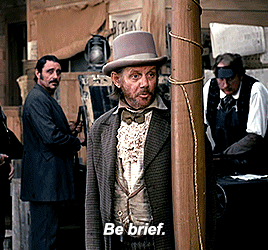





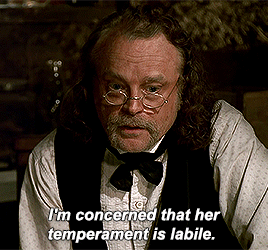

You cannot fuck the future, sir. The future fucks you.
#honourable mentions: the way alma says 'farnums absurd restaurant'. 'ill motherfuck you'#deadwood#al swearengen#ian mcshane#deadwoodedit#perioddramaedit#paula malcomson#tvedit#hboedit#perioddramacentral#homophobia cw#dan dority#w earl brown
661 notes
·
View notes
Text
#talkin#tik tok#rap#hip hop#j. cole#kendrick lamar#westside gunn#jpegmafia#lupe fiasco#earl sweatshirt#freddie gibbs#vince staples#mf doom#21 savage#danny brown#spongebob squarepants
815 notes
·
View notes
Photo
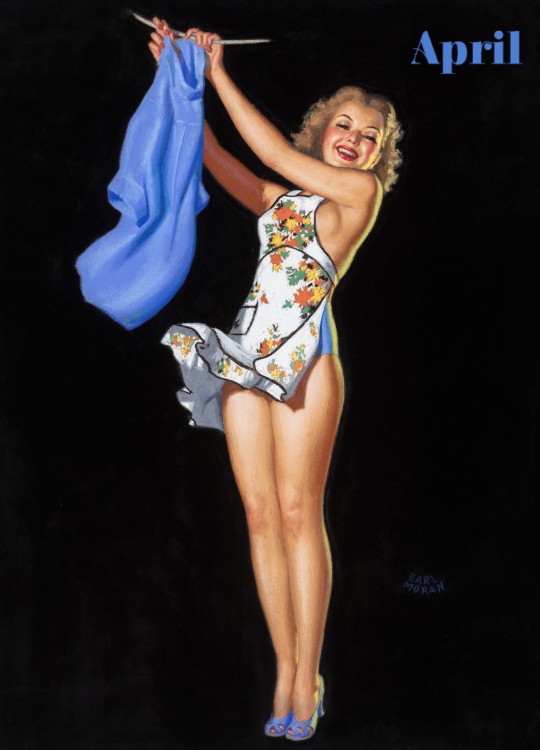
April - art by Earl Moran (1940)
#earl moran#april 1st#40s pin ups#pinup artist#calendar girls#pinup art#40s pinup girls#blue monday#hotcha girls series#brown and bigelow calendars#1940s#1940
284 notes
·
View notes
Text



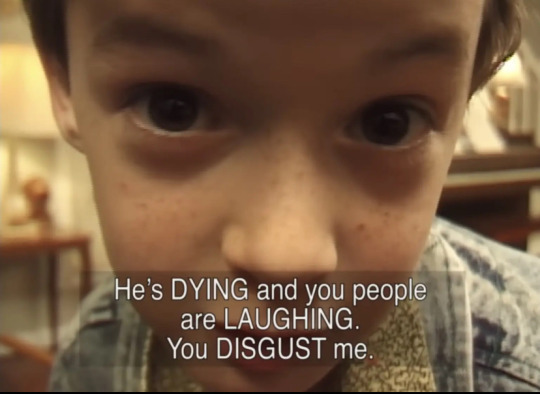

ain’t it funny music video by danny brown (2017)
ain’t it funny is a song by experimental rapper danny brown about the atrocities of being a famous star who lives too fast. however, this music video takes a different approach. it’s a screening of a show (by the same name of the song) and it stars danny brown and the average white american family. throughout the video, danny does copious amounts of drugs & other dangerous things while the also all white audience is cackling the entire time. at the end, there’s this dialogue between danny & his drugs where danny says “you guys are my only friends”, and the drugs respond “we’ll kill you & everyone you love” before promptly stabbing danny in the stomach, visualizing the end of his fall from grace. even when danny is dying and suffering from his experience w/ drugs, the audience continues to laugh at his expense. with the song & the video, danny brown nearly perfects the image of a star and their downward spiral w/ drugs, i recommend you listen to the song, and watch the video.
#danny brown#atrocity exhibition#earl sweatshirt#jpegmafia#billy woods#experimental rap#experimental hip hop#tumblr fyp#Spotify
70 notes
·
View notes
Note
Aby, what do you make of the fact that we never once in the manga saw our earl and Sebastian do actual digging/investigation into possible Phantomhive murder suspects? It’s the whole premise of the story (a soul for a revenge), but so many years in, nothing was shown of our earl’s progress on finding those responsible. Do you think that our earl and Sebastian have already learned everything off-screen?
Plot device to delay the inevitable
That's basically what it is... that when they first make their contract, our earl decides that instead of searching out whoever attacked the Phantomhives, he's going to let them come after him in an attempt to finish the job.
He assumes that all the assassins sent to kill him on a somewhat regular basis are just pawns. He's waiting for the person or persons who ordered the attack(s) to show themself/selves.
Apparently, he and Sebastian realize it's not someone like Haku, either. Because he's out of the picture, replaced by Lau. And they don't seem to suspect Lau, since he's been so useful and helpful. Lau has made asides to himself (or perhaps they were just thoughts) that are very suspicious, but I don't think he could even possibly be the "big bad" here. He wouldn't be behind the original attack, anyway, all the way from China, before he had much power. He was already sending letters back and forth with our earl before leaving China, and it could simply be that our earl was planning to get Lau to England and in charge of the local branch of Qīng Bāng... specifically because Haku needed to be "dealt with". Our earl was trying to put together a loyal network of evil nobles and route out the disloyal members of the extended network, too -- like Haku and Vanel.
His father's network seems to have included some very disloyal members. I believe at least two of them were high-ranking members of the cult that bought the twins. And then Kelvin was in the extended network.
Personally, I think Sebastian has at least an idea about who the true culprits are -- the one who ordered it, at least -- and maybe even someone who was involved in her decision making process. Just like Sebastian figured out, before our earl did, that Jack the Ripper was likely Madam Red and Grelle working together, he might have already figured out the ones who plotted the attack were probably Queen Victoria and John Brown. With John prodding her to it, and then her ordering it. He wants his young master to figure out who Jack the Ripper is. Similarly, he might be waiting for our earl to put the pieces together about the "doting" queen and her odd master of horses... with that damned Prince Albert puppet of his.
Our earl suspects his own aunt Angelina of being Jack the Ripper, but it is some final timing clue presented by Sebastian that tips him off it has to be her and Grelle. Something should finally tip him off about the queen and John. Who knows?
Maybe he finally realizes the puppet serves John in a way that something similar would have served Sebastian... if our earl had agreed to the original offer for the demon to make him think his twin had returned. I wonder who might comment about the puppet and get our earl to thinking about it. 🤷🏻♀️
Or -- and this is more likely -- our earl thinks about the timeline and circumstances of the Tower Bridge project... and finally realizes how much the queen has gained from having control over the Phantomhive estate, coffers, and entire earldom for a few months. She would do anything for her "Prince Albert", and that bridge is historically dedicated to his memory.
#black butler#kuroshitsuji#sebastian michaelis#earl phantomhive#our earl#our ciel#demon contract#attack at the manor#phantomhive family#queen victoria#john brown#prince albert#too many tags#those are the main ones#anon asks#i answer#answered asks#apr 23 2024#sorry for the delay#tower bridge#that's an important one
24 notes
·
View notes
Photo

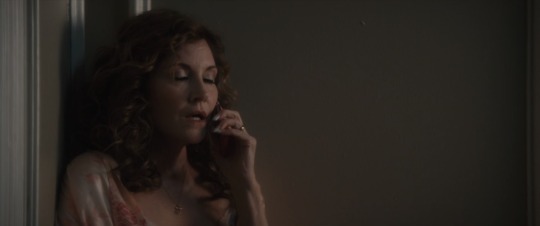
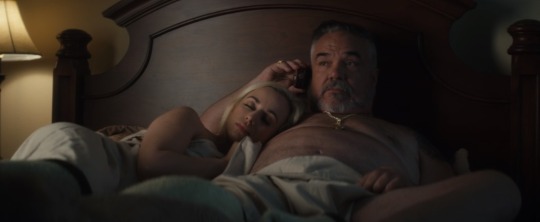


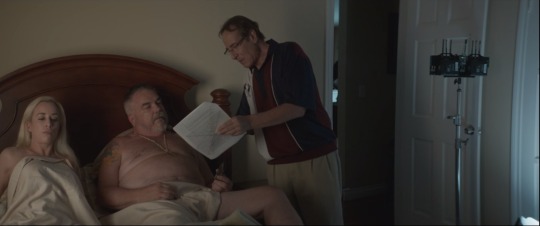

Paul T. Goldman (TV Mini Series) - S1/E3 ‘Royce’ (2023)
W. Earl Brown as Royce Rocco
Ever since Deadwood, W. Earl Brown has matured into a highly fuckable daddy.
#Paul T. Goldman#W. Earl Brown#Royce#american actor#handsome daddy#husky daddy#daddy#bearded daddy#beard mode#shirtless#celebrities#bed scene#screenshots#tv mini series#tv series#CILF
155 notes
·
View notes
Text

Live and Let Die (1973)
#Live and Let Die#Roger Moore#James Bond#007#Jane Seymour#Yaphet Kotto#Julius Harris#Goeffrey Holder#Earl Jolly Brown
23 notes
·
View notes
Text
Kentucky Governor DILFs







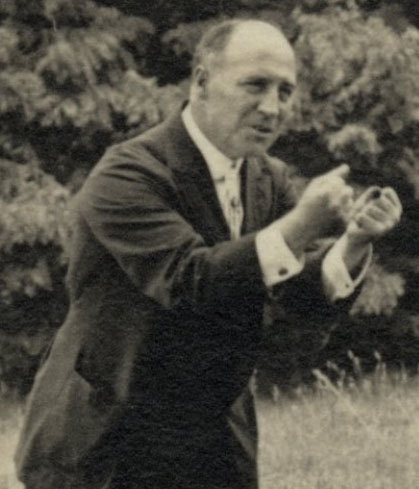


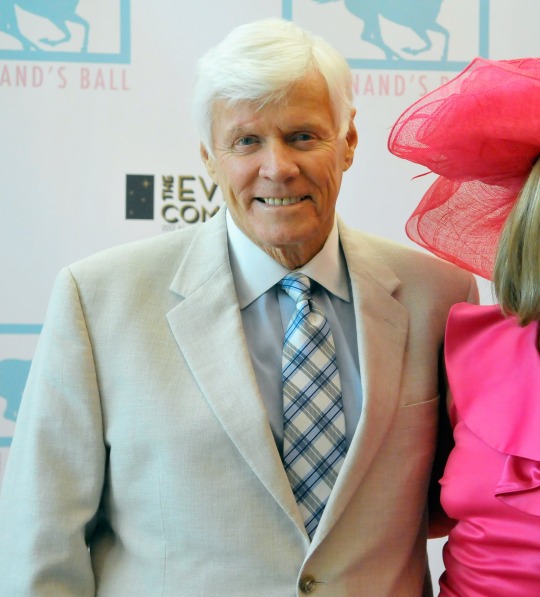

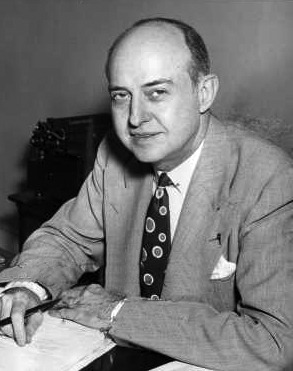
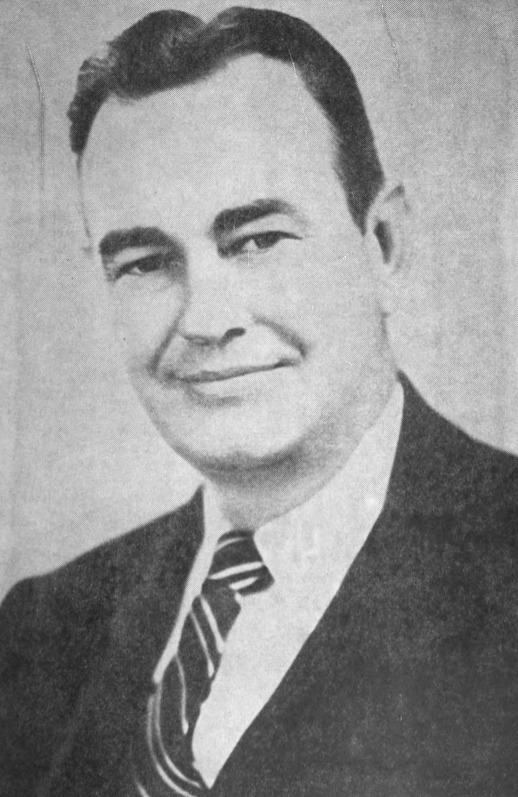


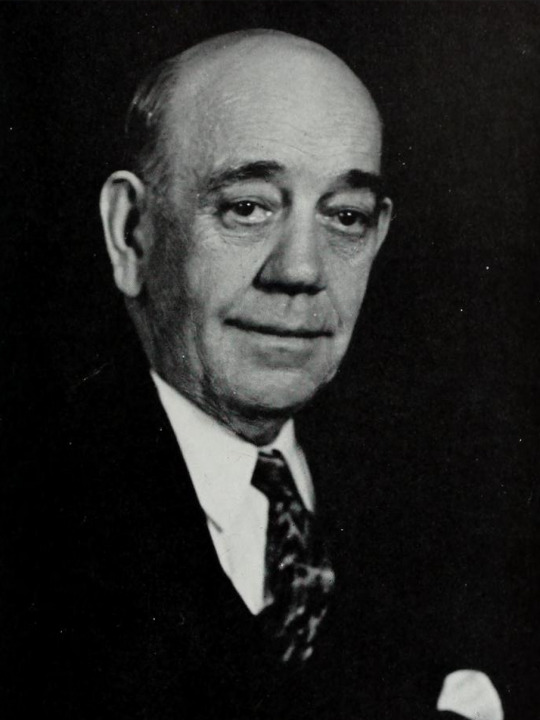

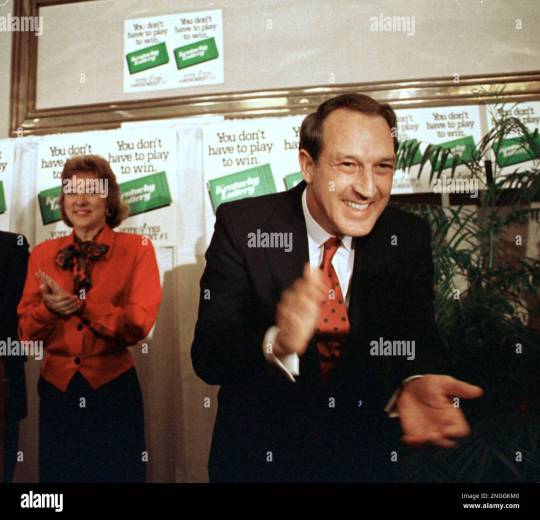



Wendell Ford, Paul E. Patton, Steve Beshear, Julian Carroll, Brereton C. Jones, Matt Bevin, Earle Clements, Edwin P. Morrow, Ernie Fletcher, Flem D. Sampson, John Y. Brown, Happy Chandler, Keen Johnson, Lawrence Wetherby, Louie Nunn, Andy Beshear, Ruby Laffoon, Simeon Willis, Wallace Wilkinson, Ned Breathitt, William J. Fields, Bert Combs
#Wendell Ford#Paul E. Patton#Steve Beshear#Julian Carroll#Brereton C. Jones#Matt Bevin#Earle Clements#Edwin P. Morrow#Ernie Fletcher#Flem D. Sampson#John Y. Brown#Happy Chandler#Keen Johnson#Lawrence Wetherby#Louie Nunn#Andy Beshear#Ruby Laffoon#Simeon Willis#Wallace Wilkinson#Ned Breathitt#William J. Fields#Bert Combs#GovernorDILFs
21 notes
·
View notes
Text






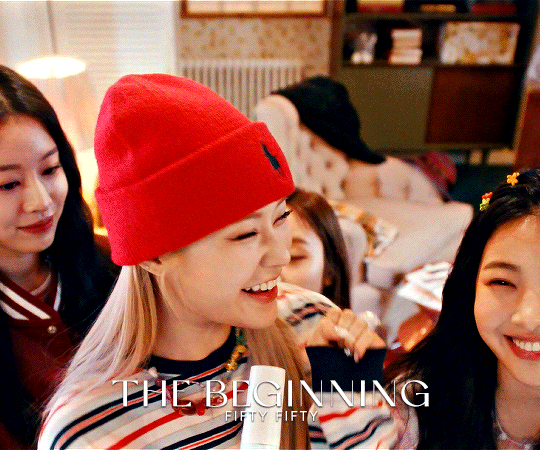

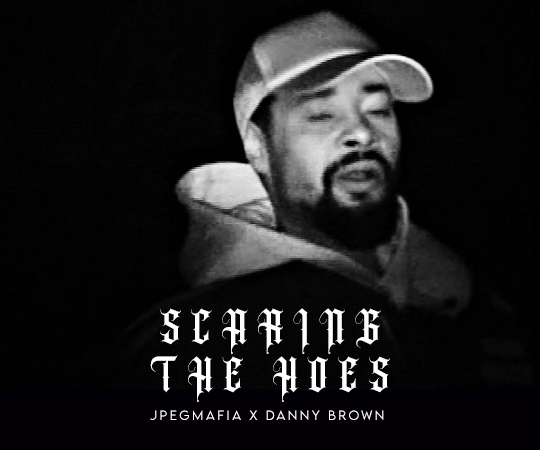
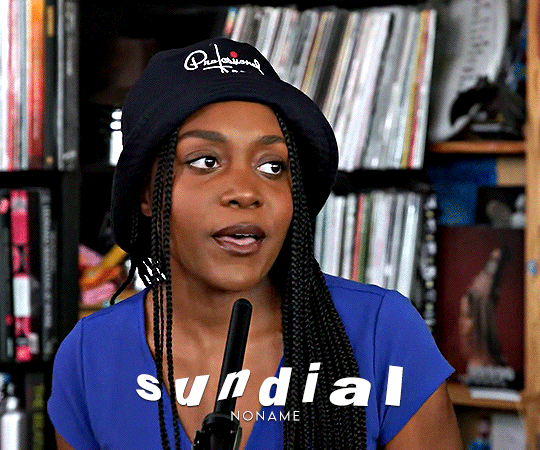


FAVORITE RELEASES OF 2023
↪ KALI UCHIS Red Moon in Venus
↪ EPIK HIGH ft. HOSHI Screentime
↪ TYLER, THE CREATOR Call Me If You Get Lost
↪ WOODZ OO-LI
↪ EARL SWEATSHIRT & THE ALCHEMIST Voir Dire
↪ PINKPANTHERESS Heaven Knows
↪ FIFTY FIFTY The Beginning
↪ TINASHE BB/Ang3l
↪ JPEGMAFIA x DANNY BROWN Scaring The Hoes
↪ NONAME Sundial
↪ KELELA Raven
↪ KING KRULE Space Heavy
#*#userpcultures#max#usermusic#dailymusicians#dailywoc#dailymusicqueens#kali uchis#epik high#hoshi#tyler the creator#woodz#earl sweatshirt#the alchemist#pinkpantheress#fifty fifty#tinashe#jpegmafia#danny brown#noname#kelela#king krule
45 notes
·
View notes
Text

Earl Moran - Marilyn" - 1940's Brown & Bigelow Calendar Illustration - I assume that Moran painted this calendar for B&B
552 notes
·
View notes
Text
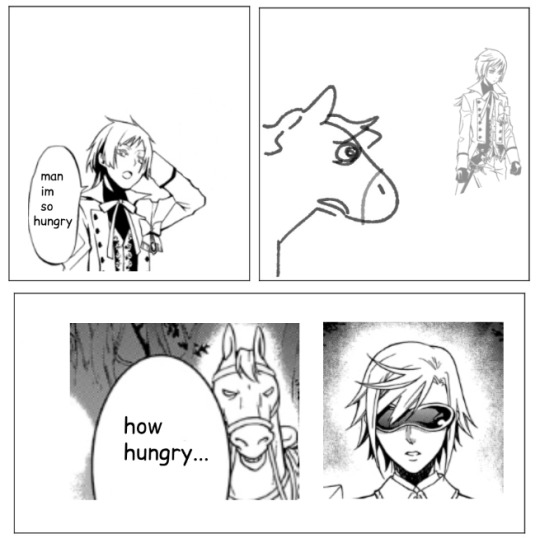
yeah
116 notes
·
View notes
Photo

Earl Grey Milk Bubble Tea - Hot or Cold
#earl grey#tea#milk tea#boba#bubble tea#drink#food#dessert#tapioca#no bake#recipe#dairy free#vegan friendly#vegan#brown sugar#myveganminimalist
302 notes
·
View notes